In September 2022, DBS became the first bank in Singapore and Southeast Asia to announce a commitment to achieve net-zero emissions by 2050. A month later, OCBC announced that it is developing a systematic plan to achieve net zero by 2050. A week before the start of COP27, UOB announced sectoral plans[1] to reach net zero by 2050.
Likewise, major corporations such as CapitaLand Investment and Keppel Corp have outlined their strategies to reach net-zero emissions by 2050.
Demonstrating a firm resolve in addressing climate change, Singapore Prime Minister Lawrence Wong reaffirmed the country’s target to achieve net-zero emissions by 2050, with the public sector leading by example to reach net-zero emissions around 2045.
Why strive towards net-zero emissions?
Despite its size, Singapore is vulnerable to climate change impact as a low-lying island nation. A study by the National Climate Change Secretariat has shown that about 30 per cent of Singapore’s land lies less than 5 m above the mean sea level, and sea levels around Singapore have been rising at a rate of around 3.5 mm per year from 1993 to 2021.
When greenhouse gases (GHG) are emitted into the atmosphere, the oceans absorb heat, leading to an increase in sea surface temperatures and rising sea levels. There is an urgent need for authorities, businesses and individuals to understand the impact of climate change and take action to mitigate this impact.
To combat the rise in GHG emissions, many companies have committed to adopting sustainable practices and to reducing their carbon footprint. From a moral standpoint, such actions are a fundamental aspect of corporate social responsibility, especially for companies that are significant GHG emitters. From a practical perspective, climate change poses a serious threat to business stability, making it imperative for companies to act.
Carbon Neutral vs Net Zero
Globally, companies like Microsoft and Apple have pledged to be carbon neutral by 2030. While net zero and carbon neutral are related concepts, the distinctions between the two terms can significantly affect global warming and environmental outcomes.
Carbon neutral refers to balancing out the total amount of carbon dioxide (CO2) emitted into the atmosphere with an equivalent amount of CO2 removed or offset. This means that a company could theoretically not reduce its emissions, pay for the equivalent amount in offsets, and call itself carbon neutral.
Net zero, in contrast, refers to reducing GHG emissions to the lowest possible level, typically by at least 90%, and offsetting any remaining emissions with permanent removal[2] methods. Companies must significantly reduce their own emissions through operational changes, energy use and other processes. Only a minimal amount of emissions can be offset, and those offsets should be through permanent removal.
While both concepts aim to mitigate climate change, net zero is more stringent and focuses on reducing emissions as much as possible, rather than relying heavily on offsets. Nonetheless, with a genuine commitment to sustainability, carbon neutrality remains a practical and achievable goal in the interim, serving as a significant stepping stone toward eventual net zero targets.

